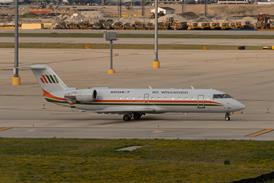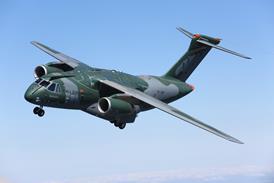After apparently successfully shooting down an errant spy satellite, the US military is playing down the strategic significance of the first use of its ballistic-missile defence system against a spacecraft.
"It was not the intent to create turmoil," says Gen Kevin Chilton, head of US Strategic Command, which was responsible for the 20 February intercept of a crippled National Reconnaissance Office satellite by a Raytheon Standard SM-3 missile fired from a US Navy Aegis cruiser in the Pacific Ocean.
"I don't think this will have a lot of bounce historically," adds Chilton, after both China and Russia attacked the decision to shoot down the spacecraft before it reentered the atmosphere as a thinly veiled attempt to demonstrate the anti-satellite capabilities of the US missile defence system.
Chilton says the sole focus of operation Burnt Frost was the risk posed by the satellite's 450kg (1,000lb) of unused hydrazine propellant. The US military expected to know within 24-48h of the intercept whether it had succeeded in hitting the propellant tank and dissipating the highly toxic hydrazine.
"We are getting more confident that we got it," Chilton said at a conference on 21 February. The intercept appears to have succeeded at the first attempt, although two other US Navy Aegis cruisers were standing by to launch similarly modified SM-3 missiles at the satellite.
The defunct imaging satellite, launched in December 2006 and expected to re-enter by early March, was at 247km (133nm) altitude when it was intercepted. Chilton says the altitude was chosen to minimise space debris, with all the pieces expected to re-enter the atmosphere within six months to a year.
The USA harshly criticised a Chinese anti-satellite test in 2007, accusing Beijing of creating debris that endangered civil space assets. "There is absolutely no comparison with what China did [in 2007] and what the US did," says Chilton. "China's sole purpose was to complete the development of an ASAT."
Chilton says the Chinese ASAT test created space debris "that will last 100 years" and was conducted without warning, while the USA was "totally transparent", contacting embassies around the world and creating a "consequence management" force ready to help countries affected by the debris.
Source: Flight International




















